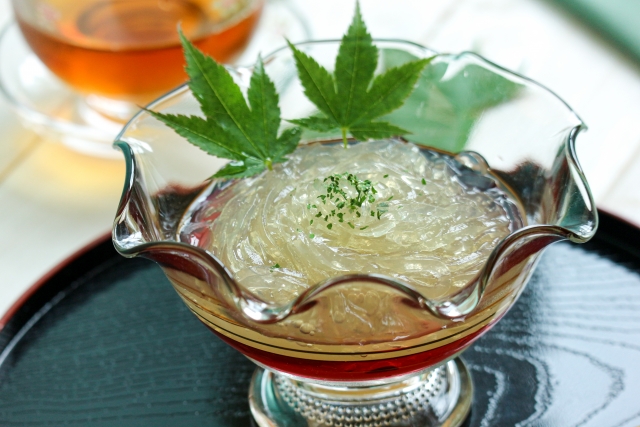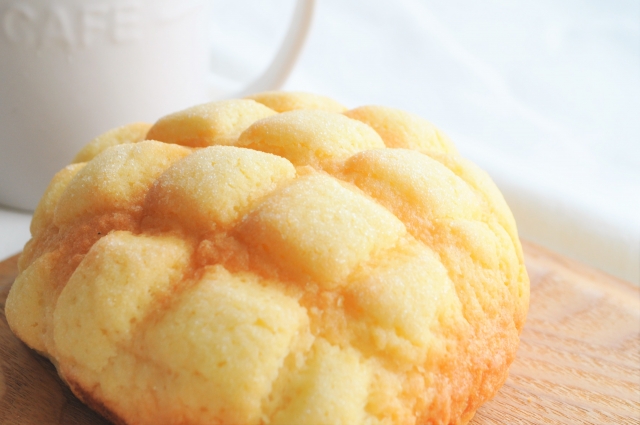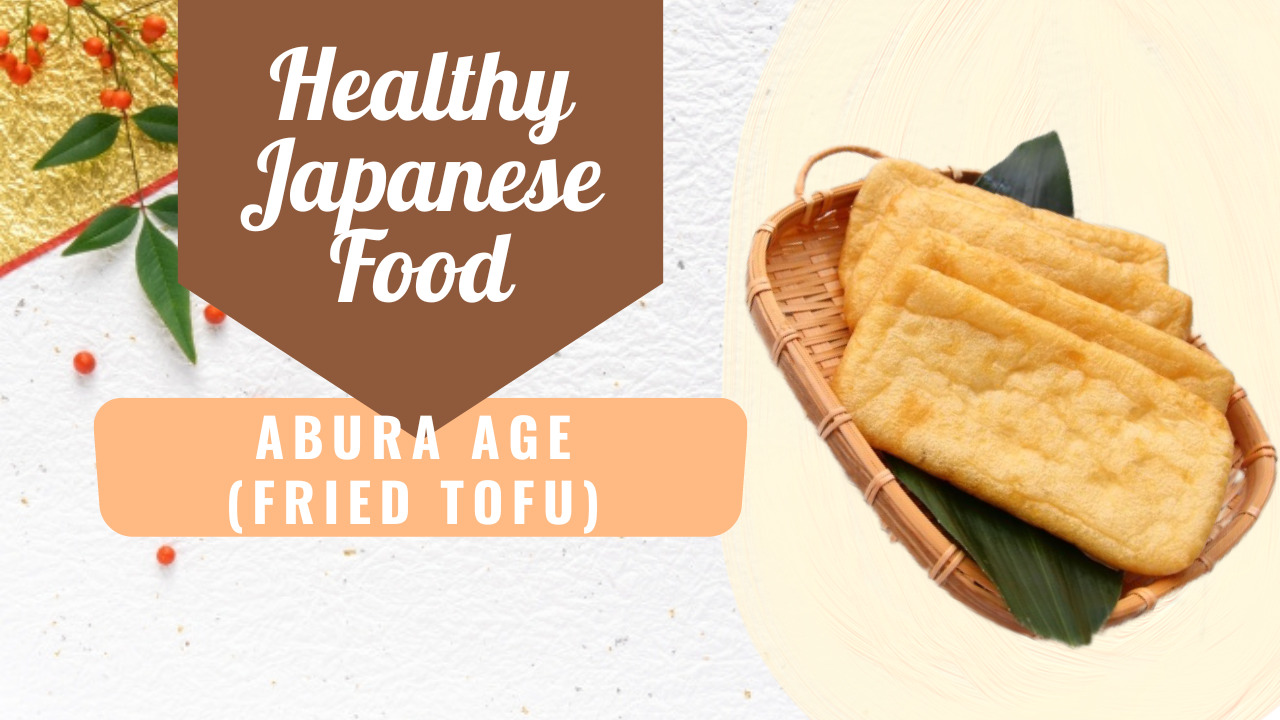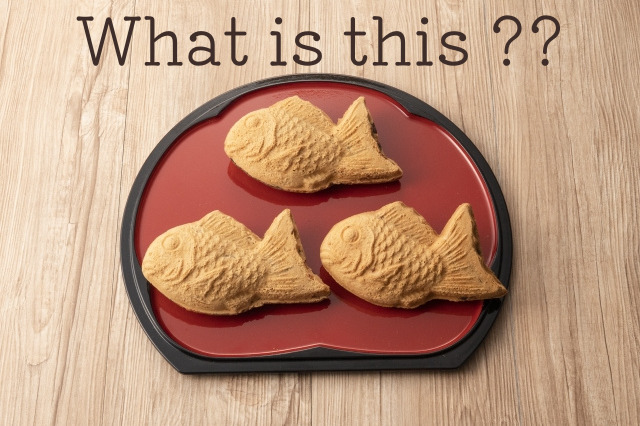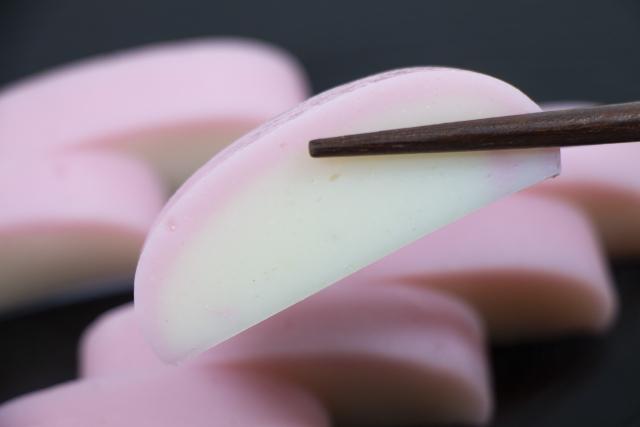
Kamaboko of Japan is made by the cooking method of being boiled, baked and boiled. There are many kinds of kamaboko, but I found out that they have different meanings depending on their use and production area.
By the way, this time, I would like to tell you about the raw materials of Kamaboko.
The fact that there are various types of kamaboko probably means that they are made from various types of ingredients.
I checked it immediately.
What is kamaboko made of?
The ingredients for kamaboko are "fish". The steamed plate kamaboko that you often see often has a cake-like appearance, and is also called "fish cake" overseas. It's high in protein and low in calories, so it's good for your health and diet, but be careful not to eat too much, as it has a little high salt content.
Conditions for fish to become kamaboko
From now on, the purpose of turning fish meat into kamaboko is "to improve the shelf life of the fish and to eat it more deliciously."
However, when making Kamaboko that looks good and tastes good as a product, the number of fish that can be used as a raw material is limited.
It doesn't mean that anything can be fish.
Important factors for making kamaboko
What are the important factors that determine the good or bad of kamaboko?
The taste, the appearance, and one more thing. The elastic texture unique to kamaboko.
The elasticity is called "Kamaboko Ashi".
Strong elasticity means your legs are strong. Even in the making of kamaboko, we have put a lot of effort into making this Ashi by making various efforts by various manufacturers. Also, the ability to make Ashi will differ depending on the type of fish used as food.
In other words, a fish that satisfies these conditions is that it is processed into kamaboko to improve its taste and appearance and gives a strong Ashi.
The number of fish species that can satisfy this condition is limited.
What kind of fish is used in kamaboko?
〇Walleye pollock
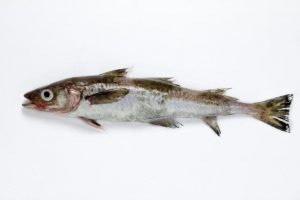
Since the Alaska pollack is caught in large quantities, its supply is relatively stable, and it is the main source of frozen surimi, which is the main raw material for kamaboko.
However, if it freezes quickly and loses its freshness, the protein denatures and loses its ability to build a kamaboko foot.
Therefore, to prevent protein denaturation, sucrose, sorbitol, polymeric phosphate, salt, etc. are mixed and processed into surimi, and then frozen. Of raw materials for fish paste products such as kamaboko
Mostly, it is frozen surimi made from Alaska pollack.
Mass production of kamaboko cannot be done without this frozen surimi.
○ Guchi

The body is slightly stubby, silvery white, and has large black spots on the gills. It usually exceeds 20 to 30 cm, and larger ones exceed 40 cm. The meat is soft and pale, and the freshness of the fish quickly declines. Therefore, it is used as a raw fish in the market, but since Guchi and Nibe are capable of producing highly elastic kamaboko, they have long been used as an important raw material for surimi.
〇 Eso

The fish called eso isn’t so delicious even if it is eaten as it is (especially with its mouth open).
Therefore, it doesn't cost much in the market.
I don't think you can find many fish shops and supermarkets in town. If you use kamaboko as a raw material for esophagus, it will give you a really good leg. Although it is not evaluated as a normal edible fish, it is useful as a raw material for kamaboko. At present, the raw material for kamaboko is mostly frozen surimi, but there are also companies that stick to this raw material to make kamaboko. By using Eso, kamaboko can make firm kamaboko legs without using too many additives, so you can enjoy the original taste of kamaboko.
〇Hamo

This fish is mainly used for kamaboko made in the Kansai area.
Since it has a lot of white meat, it is used as Surimi.
〇Shark

It is used as an ingredient in Hanpen rather than kamaboko. It is often made using blue sharks (blue sharks) instead of sharks in general.
〇Sardines

Sardine Surimi is made when making Tsumire. Tsumire has many opportunities to eat when cooking miso soup, oden or nabe. It is characterized by a stronger fish scent than other Kamaboko species.
〇Jyako(Shirasu)

"Jakoten" is made by crushing and fried small fish using "Firefly Jaco (Harambo)" from the nearby sea as a main ingredient, and it is a typical specialty product of the Uwajima region. Since it is ground and ground, it is very rich in calcium, and by not exposing it to water, it prevents umami and nutrients from flowing out.
Kamaboko is made by various kinds of fish.

It was found that the ingredients for kamaboko were made by selecting fish that are suitable for making kamaboko. Not all fish are good. In addition, it turned out that it was made with some ingenuity, such as using fish with a good texture. Delicious Kamaboko is packed with the wisdom and ingenuity of many people.
And let's eat while appreciating the fish.
